Application of Soft Seal Wafer Butterfly Valve in Sewage Treatment
The soft-seal wafer butterfly valve is now closely inseparable from various township sewage treatment plants. In the past agricultural villages, the sewage discharge facilities of farm households have not been transformed, resulting in the direct discharge of a large amount of domestic sewage, which seriously affected the lives of local villagers and
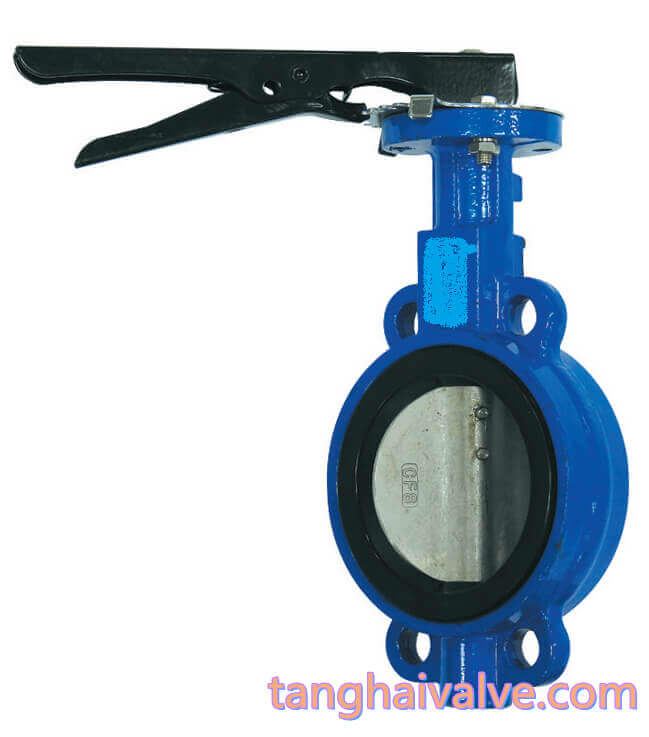
JIS 10K-wafer butterfly valve-backup seat (1)
threatened the ecological environment of rivers and rivers. With President Xi’s idea that “green water and green mountains are golden mountains and silver mountains”, the overall management of the city’s urban domestic sewage and the strengthening of the city’s ecological civilization construction are highly valued. While the construction of the township sewage treatment plant is in full swing, it is the important role of the soft seal butterfly valve in the sewage treatment.
Sewage treatment valves are generally soft-sealed butterfly valves, seat-sealed elastic gate valves, etc. If the sewage is acidic, it may be necessary to use a lining valve. It is very important for us to select the appropriate type of the soft seal butterfly valve according to different working conditions, so that it can be better used in sewage treatment working conditions. For example, when the chloride ion content in the water is 700mg/L, both steel-lined 4F and ordinary carbon steel butterfly valves can be used, while butterfly valves made of 304 and 316 are not good under this working condition because they cannot resist corrosion well.
For another example, a situation that many engineering pipelines in the north can encounter is that due to the low temperature in winter, the properties of many materials change at low temperatures, resulting in the loss of equipment or components. If the soft-seal wafer butterfly valve made of gray iron is selected in this case and the warmth is not well maintained, the valve will easily be broken by freezing. The major reason for this situation is that the weather is not considered in the pipeline design, which makes the system work abnormally. If the buried pipeline is buried deep enough and the exposed pipe fittings are insulated in place, this type of loss can be reduced. In winter in the north, facilities such as pipelines and valves are easily damaged. In addition to the low-temperature performance of the materials, there is another important reason: the water in the pipeline or pump is frozen. In the case of the same quality, the volume of ice is larger than that of the water, pipeline or pump. If there is water, the valve can easily burst. Under such working conditions, the manufacturers of soft-seal butterfly valve suggest that water treatment in the north, except that the pipeline is buried under the frozen layer, should first be insulated before the pipeline enters water, and ensure that there is water flowing or Empty the water after parking. If there is no more water, be sure to drain the water in the pipe. Otherwise, as long as there is still water after parking, there will be freezing cracks from the weak points of the pipeline or butterfly valve.
In the enquiry reception of Tanghai Valve, we also received customer inquiries regarding municipal sewage treatment whether it would be better to choose imported soft-seal wafer butterfly valves, but our suggestion is generally that municipal sewage does not need to be imported. Because the imported price is expensive and the delivery period is long, domestic valve manufacturers can do it. Generally, the use conditions of valves in sewage treatment plant projects are relatively low, and domestic valves not only meet the needs of use, but also save costs. A better domestic factory can meet the requirements, but the design institute generally chooses imported brands according to the situation.
TH Valve is a professional manufacturer of butterfly valve, gate valve, check valve, globe valve, knife gate valve, ball valve with API, JIS, DIN standard, used in Oil, Gas, Marine industry, Water supply and drainage, fire fighting, shipbuilding, water treatment and other systems, with Nominal Diameter of DN50 to DN1200, NBR/EPDM/VITON, Certificates & Approvals: DNV-GL, Lloyds, DNV, BV, API, ABS, CCS. Standards: EN 593, API609, API6D
Video of center-lined butterfly valve:
Related news/knowledge:
Resilient seated vs metal seated wafer butterfly valve
Gate valve has a broad market in the field of sewage treatment
Current status and development of Chinese valves
Process design of check valve

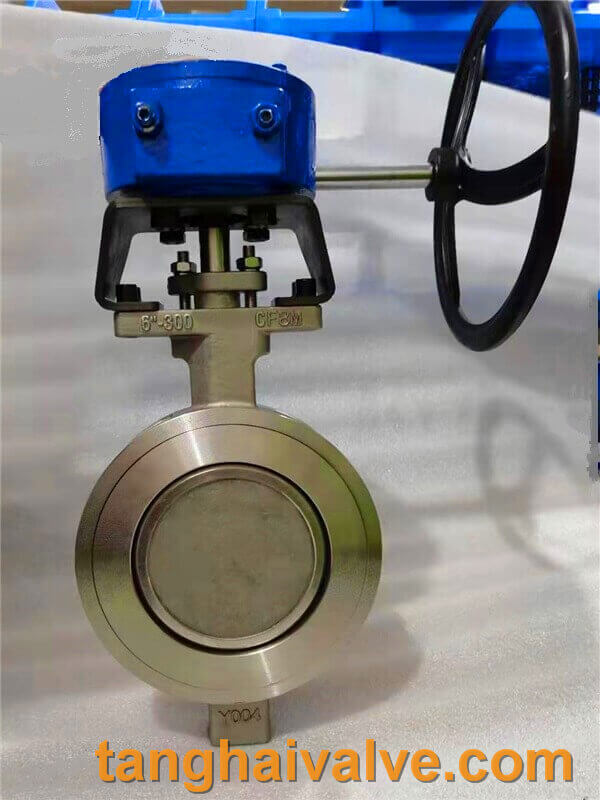
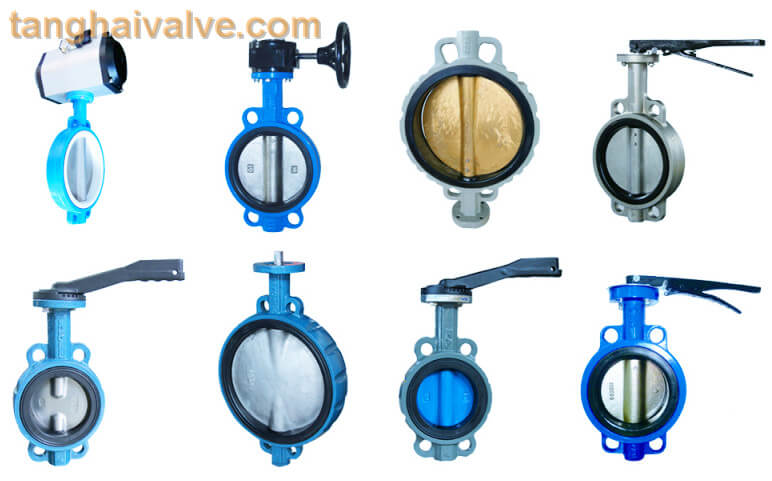
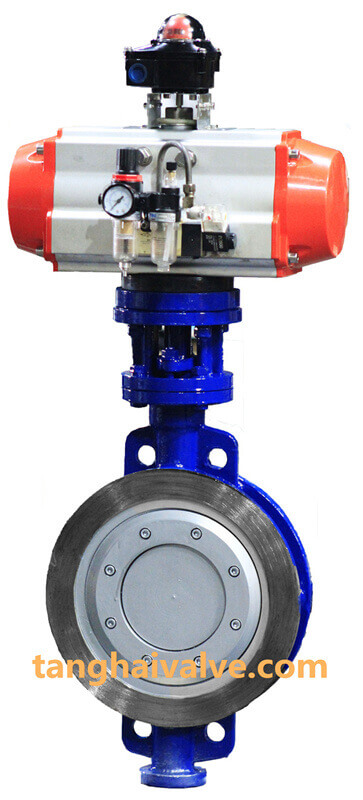
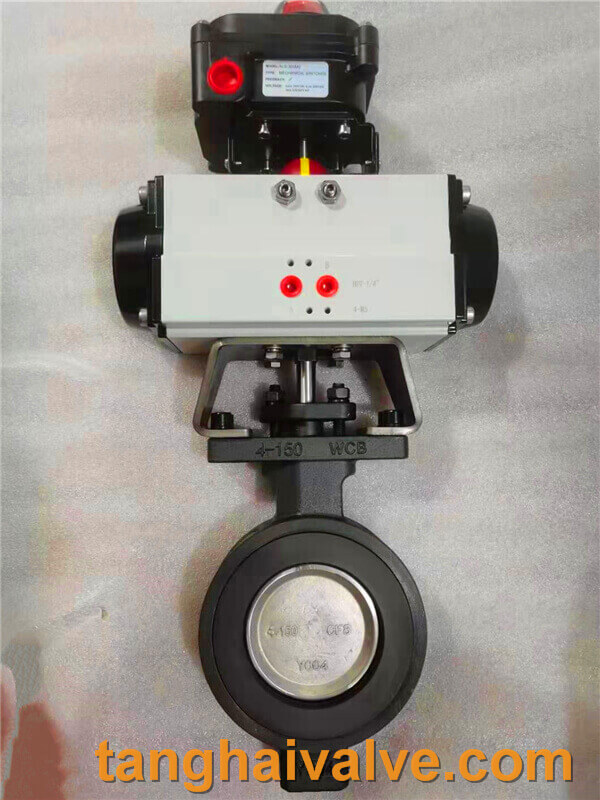
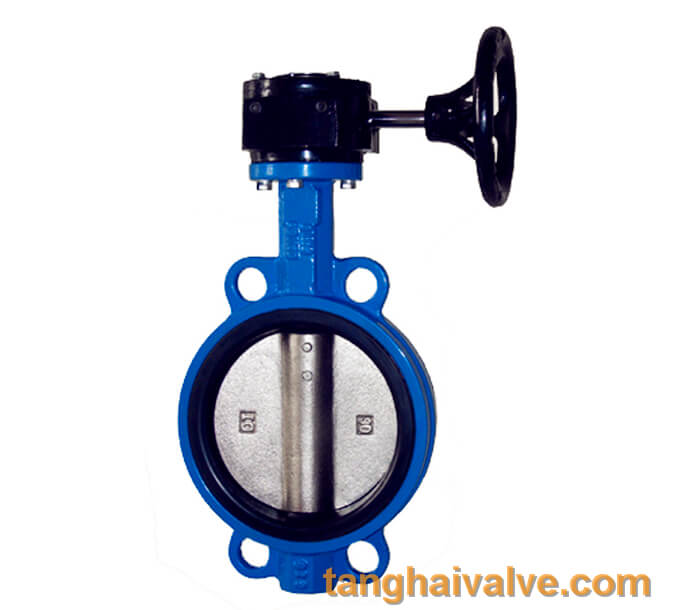
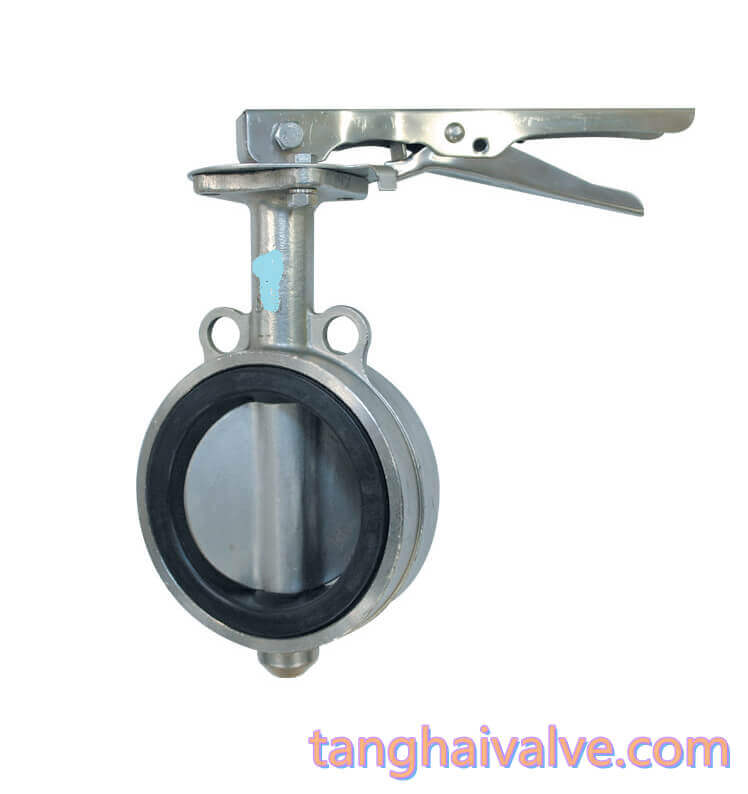
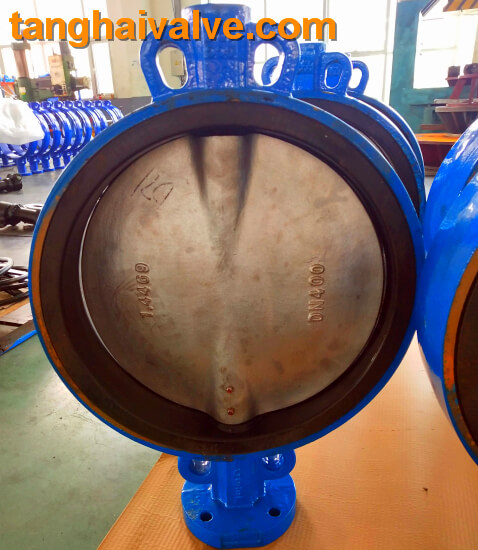


 © Copyright 2020 Tianjin Tanghaidongyang Valve Co., Ltd. All Rights Reserved.
© Copyright 2020 Tianjin Tanghaidongyang Valve Co., Ltd. All Rights Reserved.